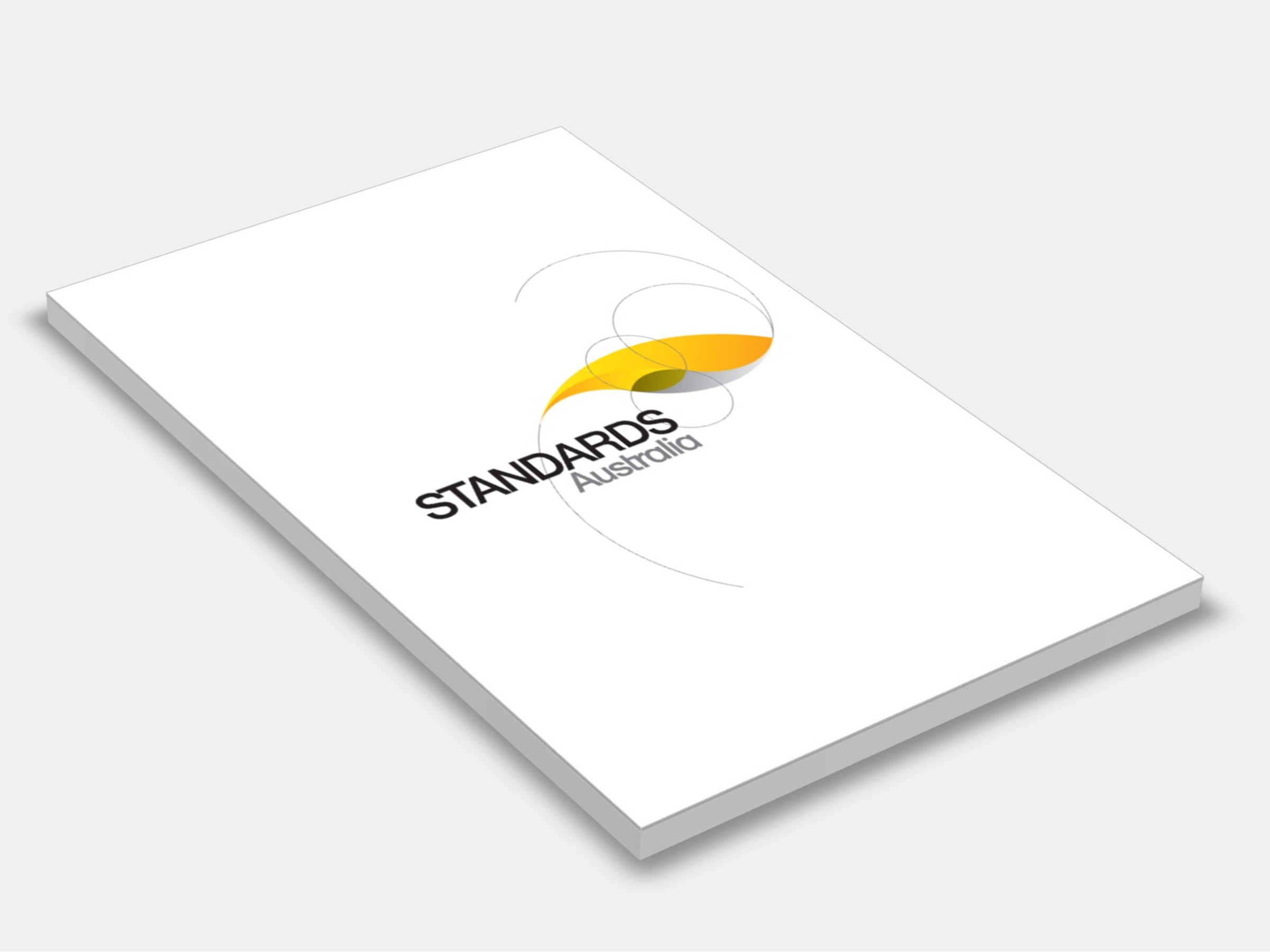
Type
Publisher
Standards Australia
Publisher
Standards Australia
Version:
Second Edition 2005.
(Current)
Short Description
Specifies requirements for the testing, interpretation of test results, and installation of penetration sealing systems and control joints sealing systems in fire-resistant elements of construction.

Type
Publisher
Australian Building Codes Board
Publisher
Australian Building Codes Board
Version:
2023.
(Current)
Short Description
Assists in understanding the energy efficiency provisions in NCC Volume One that apply to Class 2 apartment buildings.
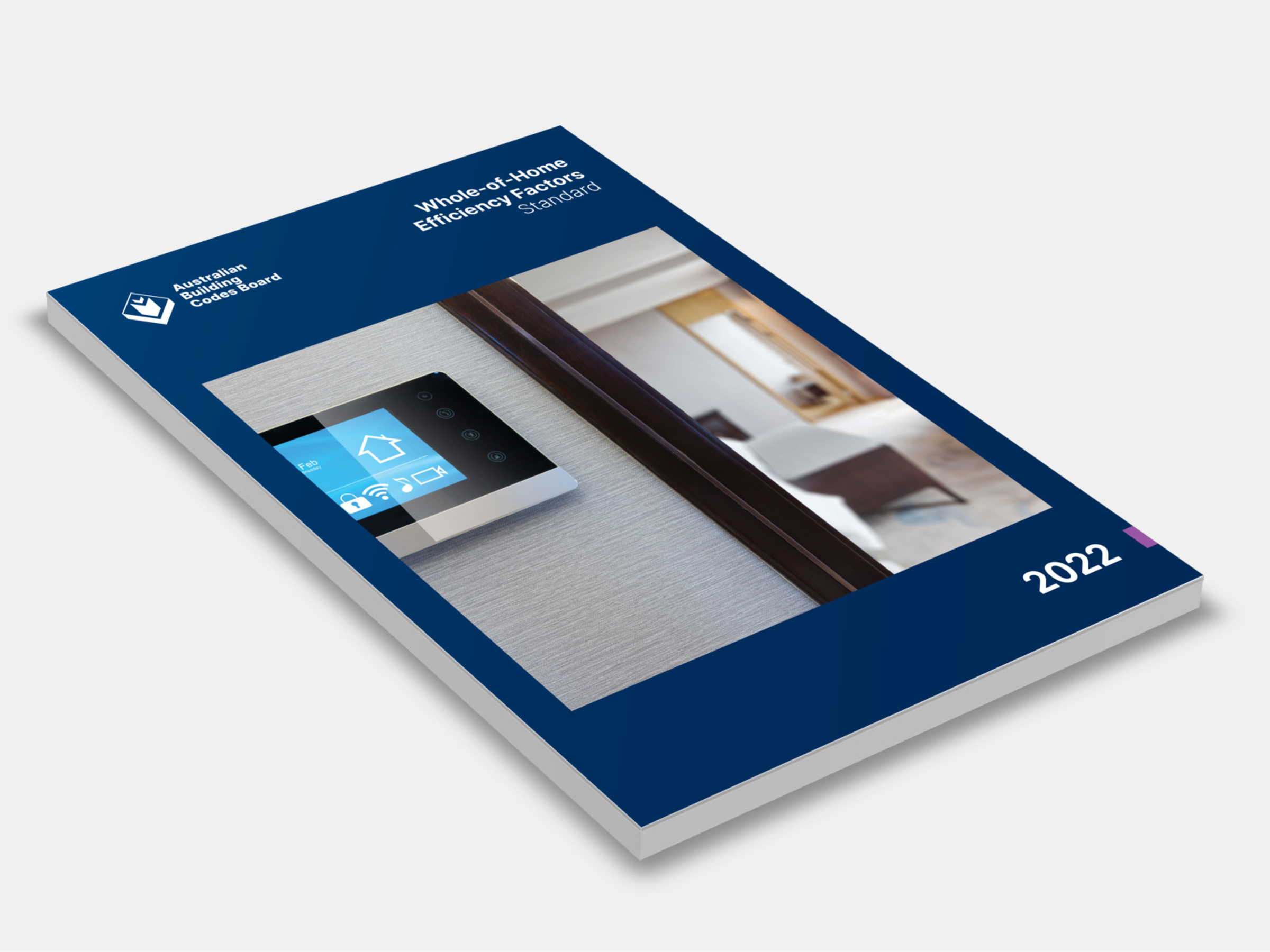
Type
Publisher
Australian Building Codes Board
Publisher
Australian Building Codes Board
Version:
2022.
(Latest)
Short Description
This ABCB Standard provides WOH efficiency factors for Class 1 dwellings, Class 2 sole-occupancy units and Class 4 parts of buildings in the energy efficiency provisions of the NCC; It applies in each NCC climate zone and jurisdiction.
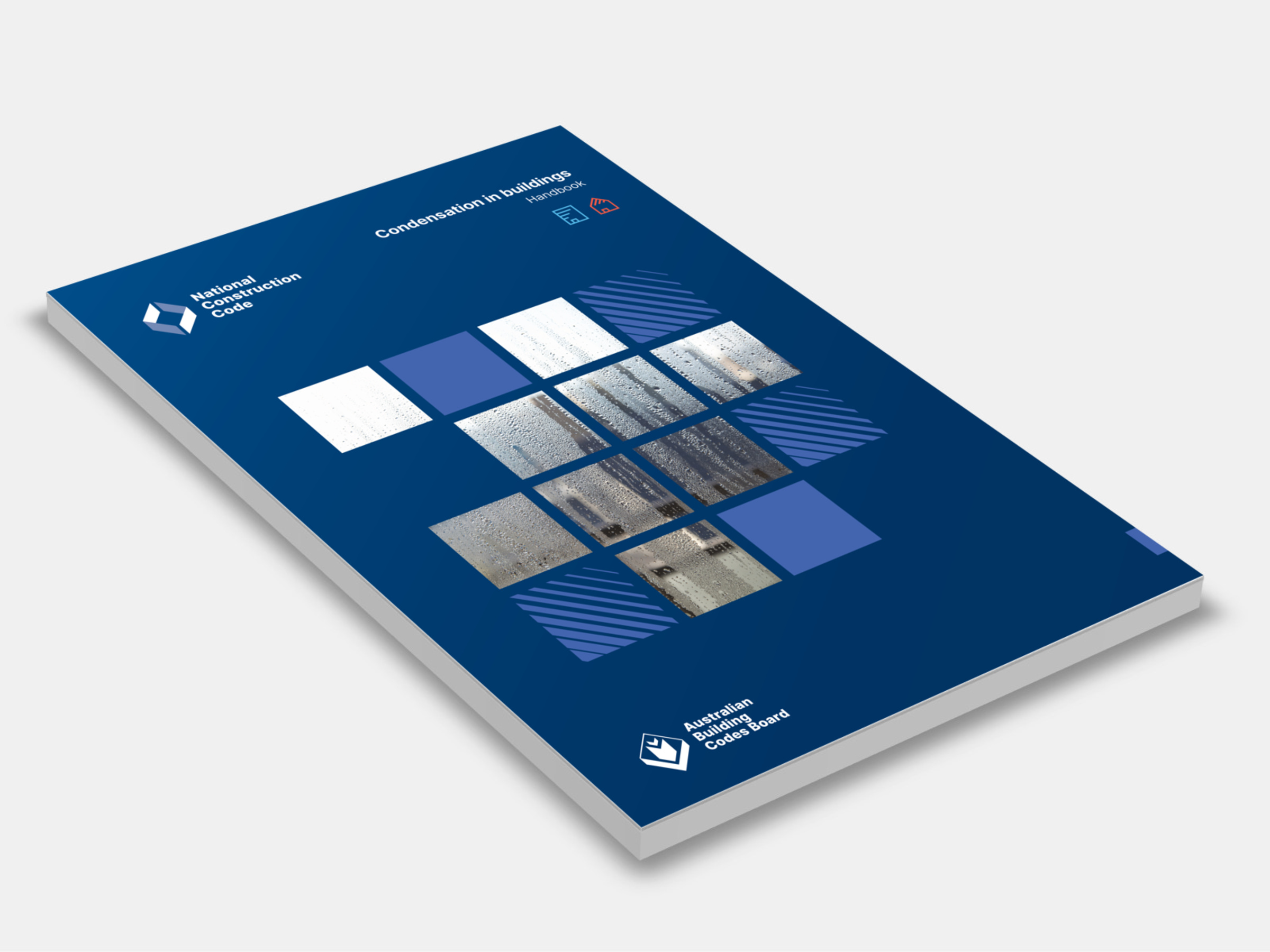
Type
Publisher
Australian Building Codes Board
Publisher
Australian Building Codes Board
Version:
2023.
(Current)
Short Description
Assists in understanding the condensation requirements in NCC 2022 Volumes One and Two.
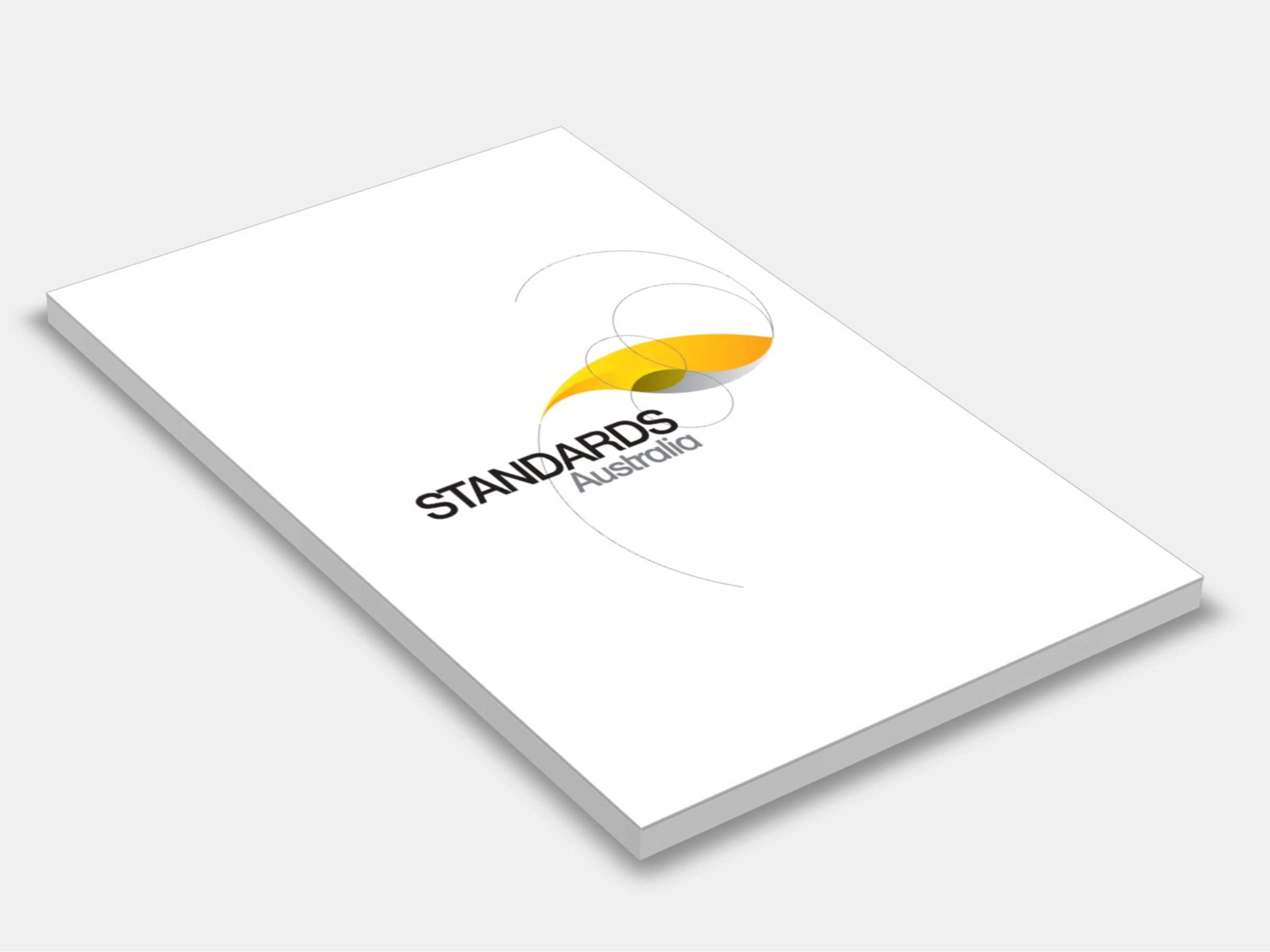
Type
Publisher
Standards Australia
Publisher
Standards Australia
Version:
Second Edition 2001.
(Current)
Short Description
Specifies requirements for the design, installation and commissioning of a system of sutomatic smoke/heat release vents in conjunction with associated smoke reservoirs in buildings.
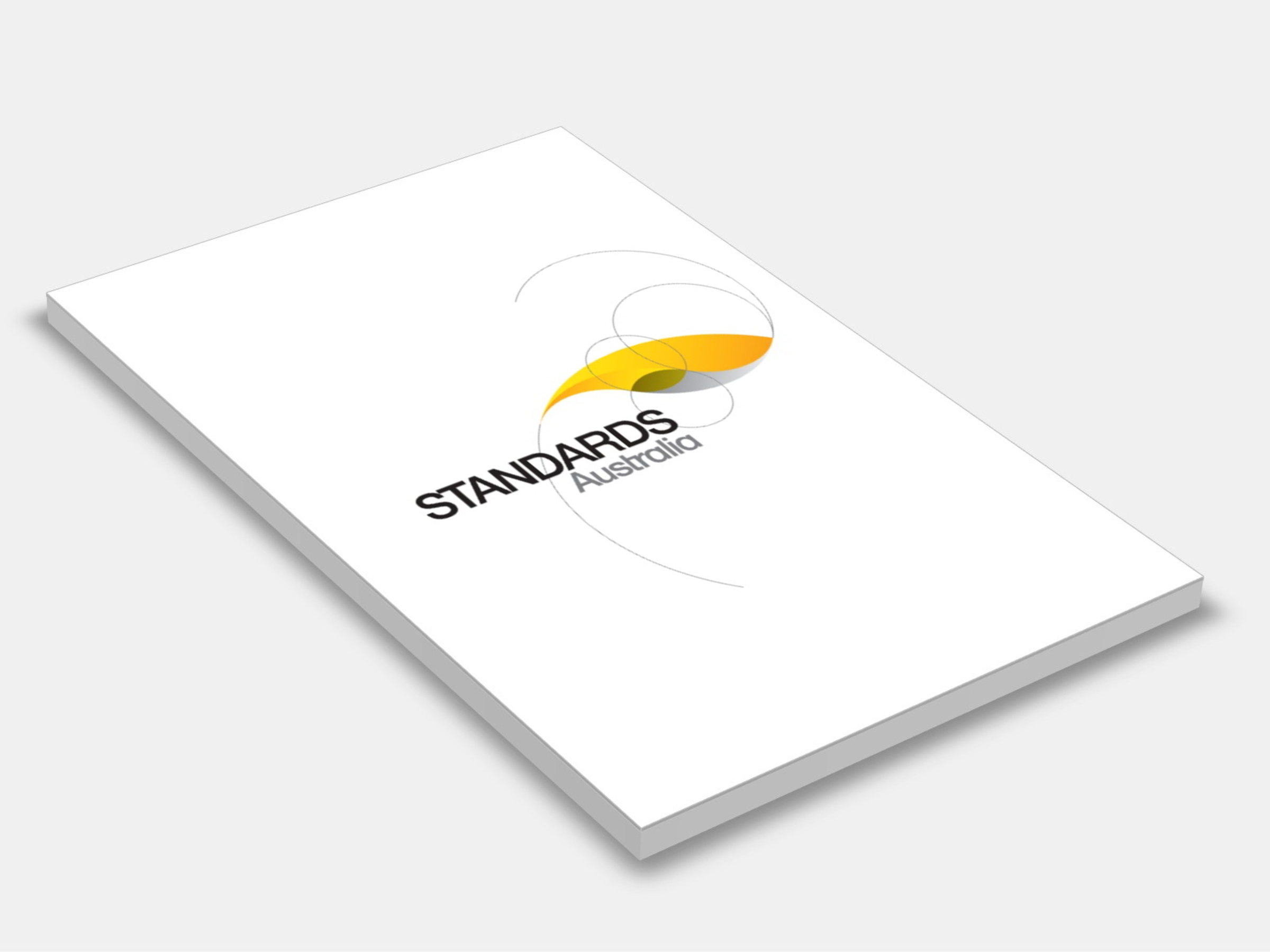
Type
Publisher
Standards Australia
Publisher
Standards Australia
Version:
Second Edition 1993.
(Current)
Short Description
Specifies the apparatus and test method for determining the flammability index of a material. Main changes in this edition of the Standard are the inclusion of a statistical evaluation of the test results, a change to the speed factor formula so that the flammability indices form a continuous range and a more detailed form of test report.
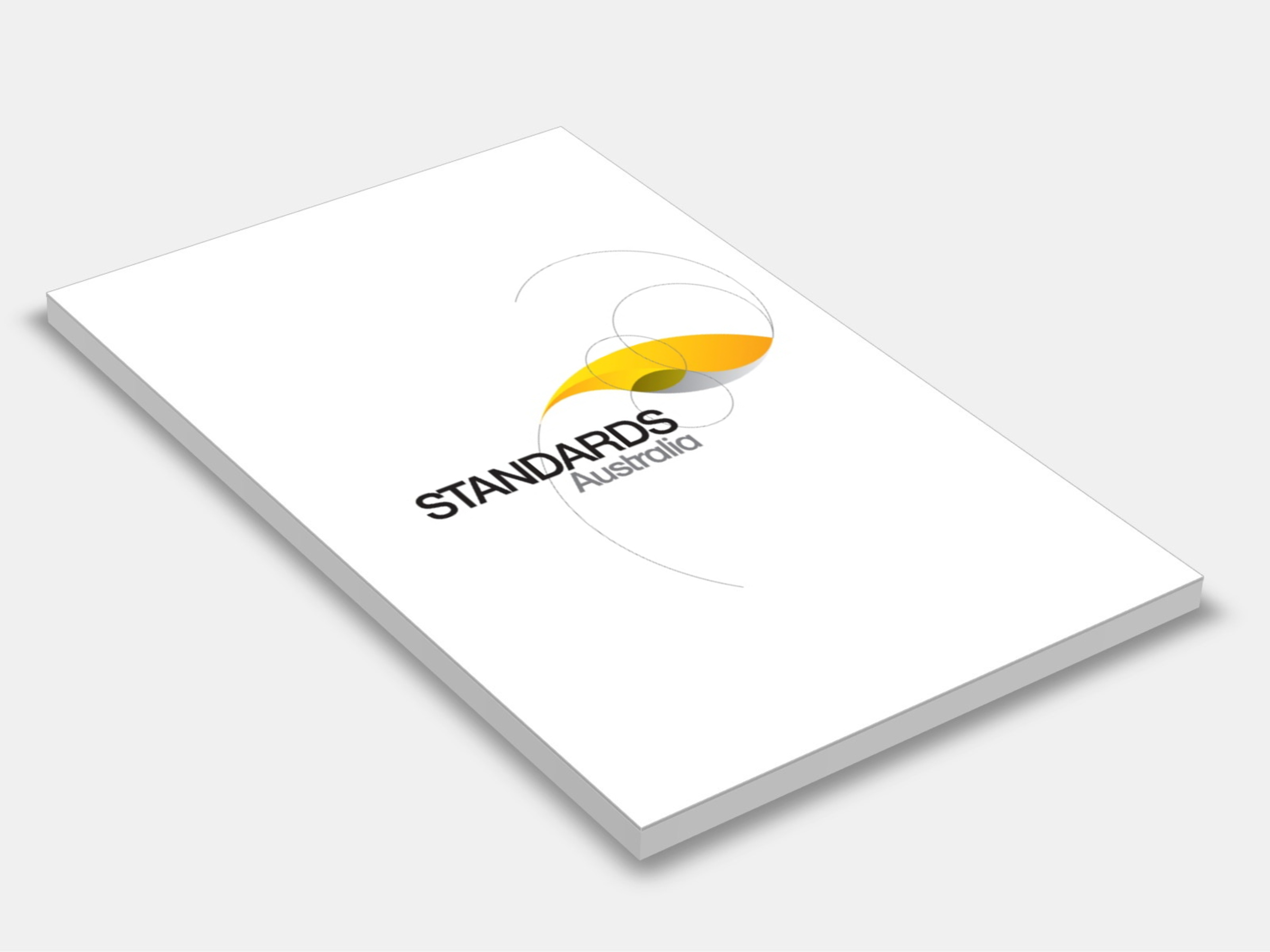
Type
Publisher
Standards Australia
Publisher
Standards Australia
Version:
Sixth Edition 2014.
(Current)
Short Description
Sets out test procedures and criteria for the determination of fire-resistance of elements of building construction.
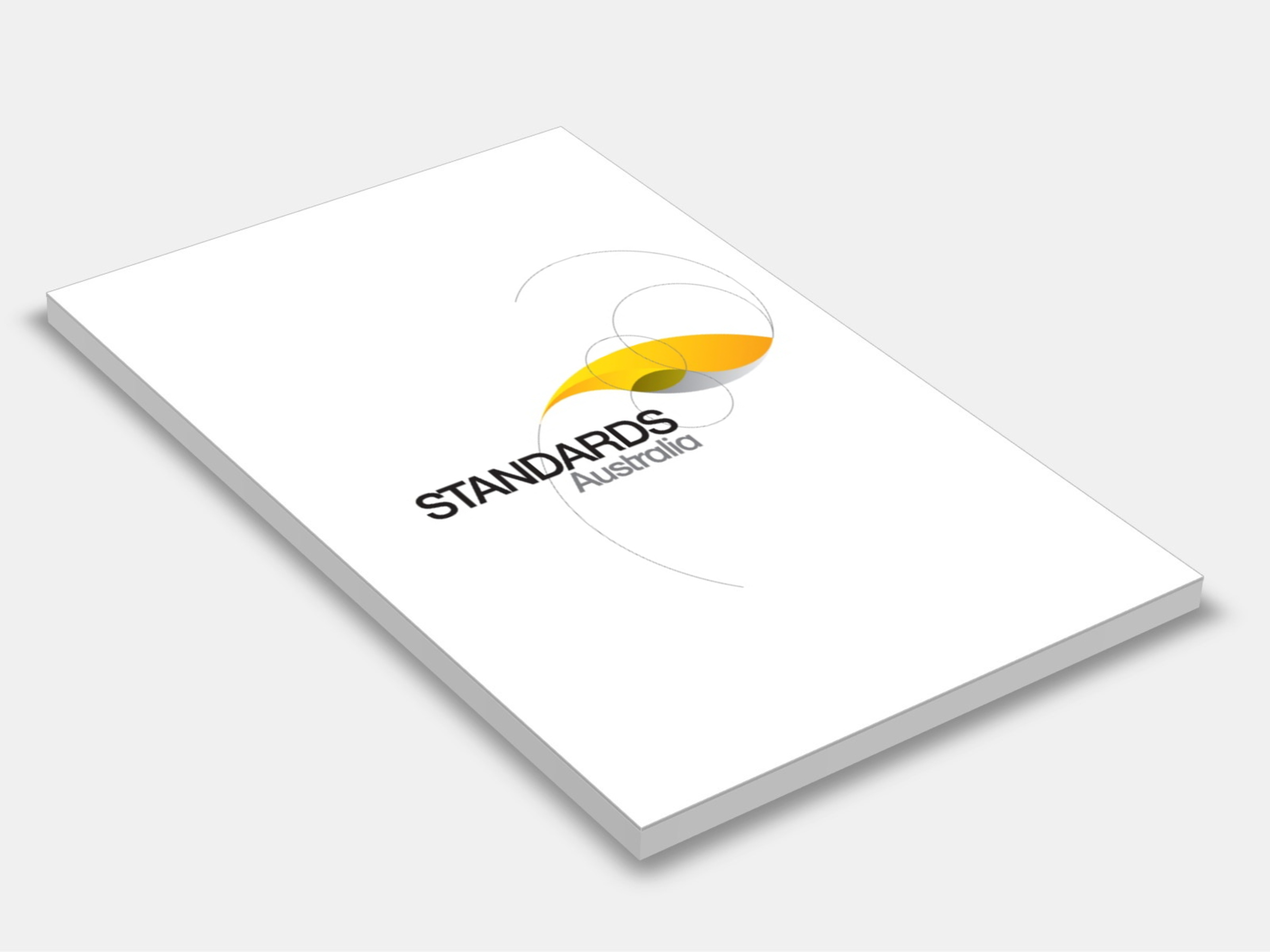
Type
Publisher
Standards Australia/Standards New Zealand
Publisher
Standards Australia/Standards New Zealand
Version:
First Edition 1998.
(Current)
Short Description
Sets out a test method for the determination of ignitability, heat release rates, mass loss rates, effective heat of combustion and smoke release of materials and products when exposed to controlled levels of radiant heating.
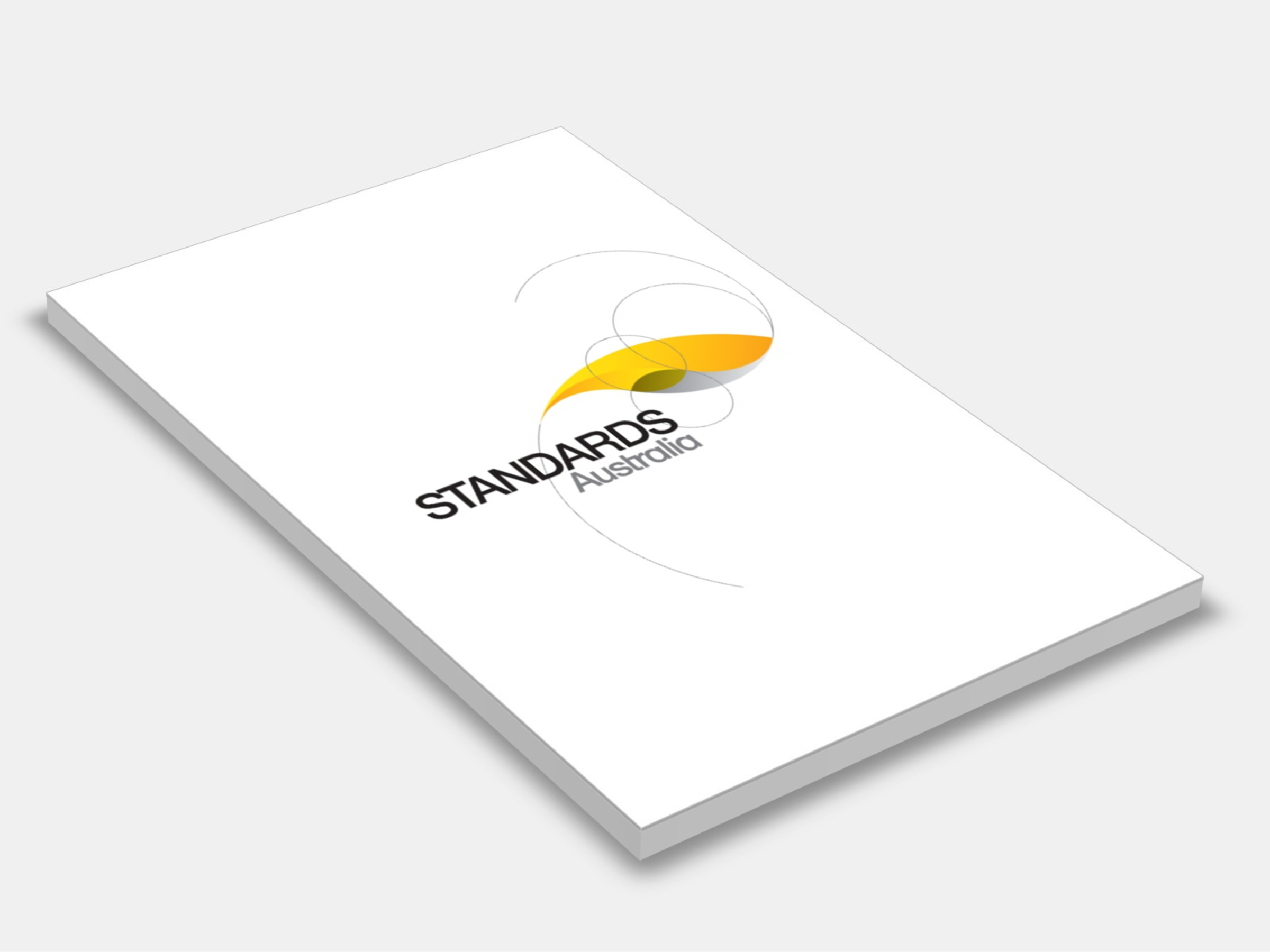
Type
Publisher
Standards Australia/Standards New Zealand
Publisher
Standards Australia/Standards New Zealand
Version:
First Edition 1999.
(Current)
Short Description
Describes a single test method for grading building materials on the basis of ignition tendency, flame spread, heat development and tendency to produce smoke.
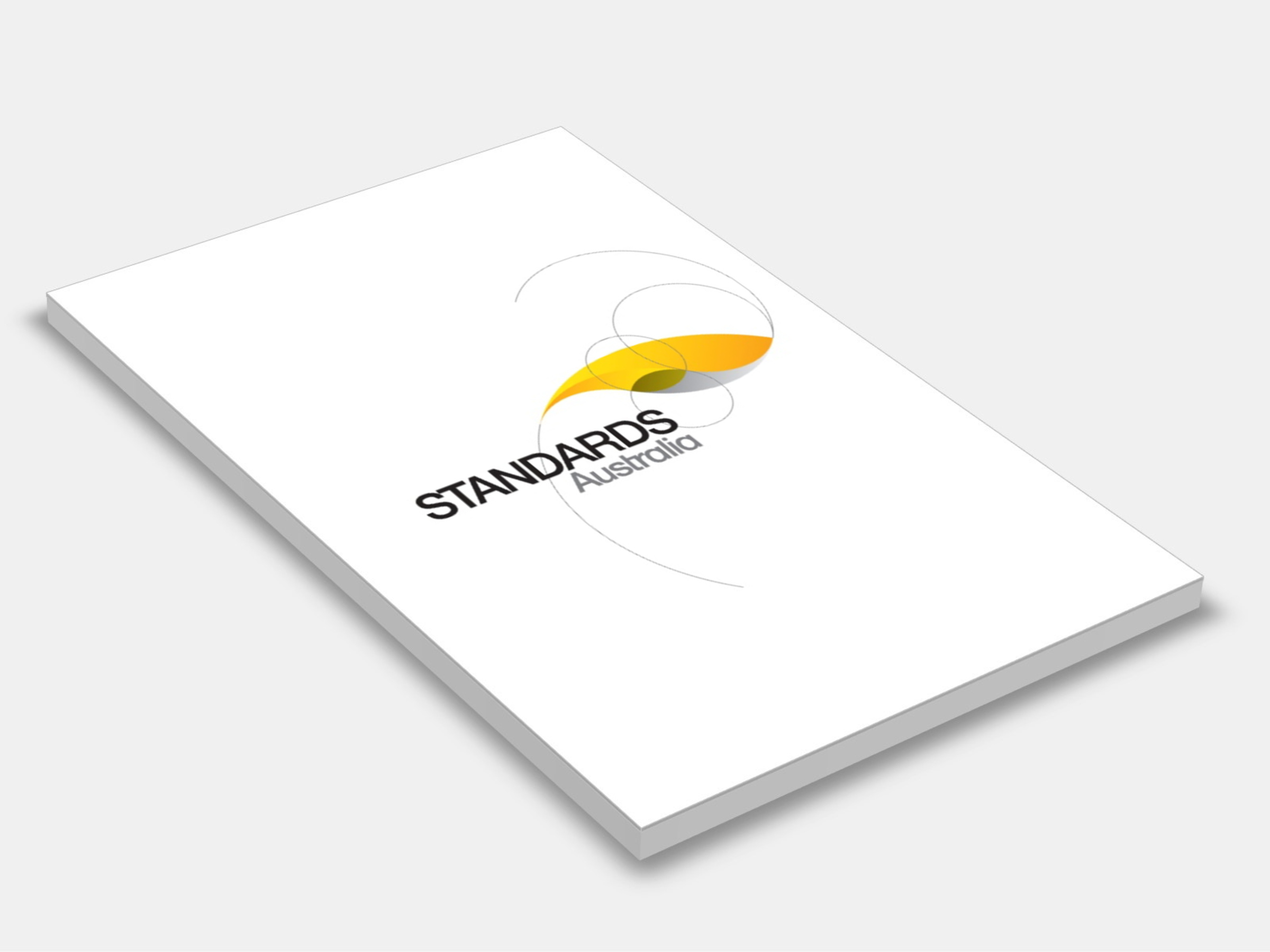
Type
Publisher
Standards Australia
Publisher
Standards Australia
Version:
Fourth Edition 2024.
(Current)
Short Description
Specifies a test method for determining the combustibility of building materials and is one of a series of test methods of evaluating the potential fire hazard of building products; the test is for building materials other than coated, faced or laminated materials which, although not completely inert, produce only a limited amount of heat and flame when exposed to temperatures of approximately 750 °C.